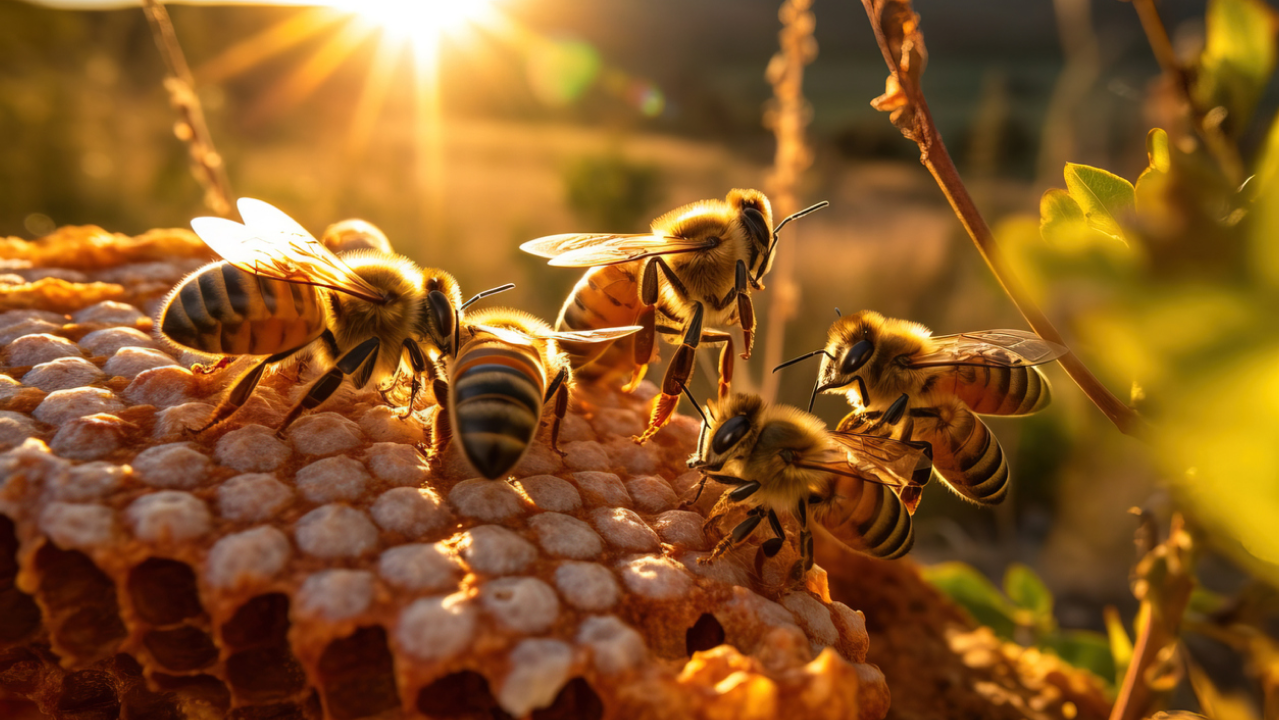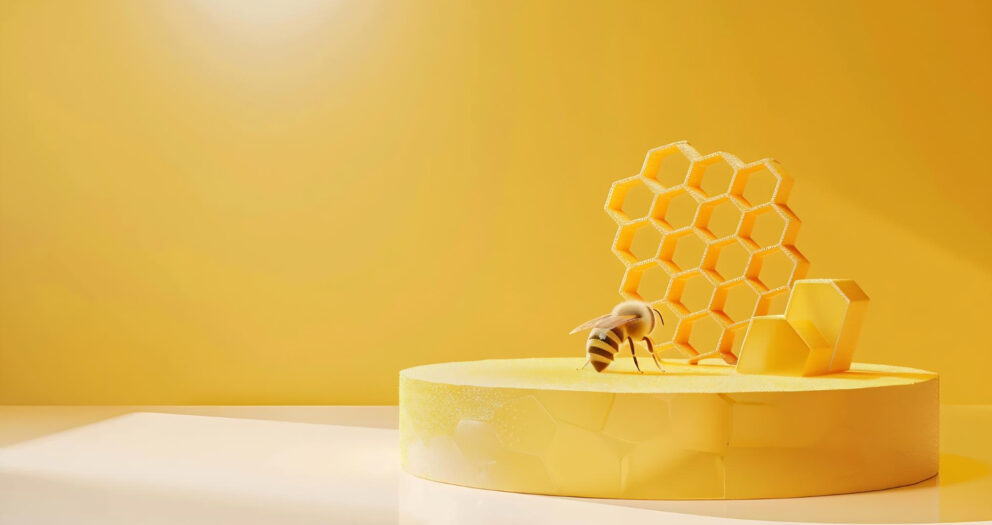Have you ever watched a bee frantically dance within the hive, its tiny body shaking in a mesmerizing figure-eight pattern? This isn’t just an energetic jig – it’s a complex communication system, a language that allows bees to share vital information about the world outside the hive. Buckle up, because we’re about to decode the amazing communication of bees!
The Waggle Dance: A Celestial Navigation System
The most famous bee dance is the waggle dance. When a scout bee discovers a new food source, she returns to the hive and performs this intricate dance to inform her fellow foragers. The dance itself resembles a figure-eight, with a straight run in the middle where the bee vigorously wags her abdomen. Here’s how the bees decode the message:
- Direction: The angle of the waggle run relative to the sun tells the other bees the direction of the food source. It’s like a celestial navigation system built right into the bee! The sun acts as a compass, and the bee dances in the direction of the food source relative to the sun’s position in the sky.
- Distance: The duration of the waggle run tells the other bees how far away the food source is. A longer waggle run signifies a more distant food source, with each second of the waggle roughly corresponding to a kilometer of travel distance.
- Quality: The intensity of the waggle dance also conveys information about the quality of the food source. A more energetic dance indicates a richer nectar source, motivating the other bees to follow.
Beyond the Waggle: A Symphony of Buzzes
The waggle dance is just one facet of bee communication. Bees also use a variety of sounds and vibrations to share information. These include:
- Piping: This high-pitched sound alerts other bees to a threat or danger.
- Grunting: This low-pitched sound is used by guard bees to warn off intruders.
- Duetting: A synchronized buzzing between the queen and worker bees helps maintain social cohesion within the hive.
Scientists are still unraveling the full complexity of bee communication. Recent research suggests that bees may even use scent markings to leave additional clues about food sources.
The Importance of Bee Communication
Efficient communication is vital for the bee colony’s survival. It allows bees to:
- Locate essential resources: By sharing information about food sources, bees ensure the colony has a steady supply of nectar and pollen to survive.
- Organize collective efforts: The waggle dance helps coordinate foraging activities, directing a large number of bees to the most promising food sources.
- Maintain social order: Bee communication helps maintain social harmony within the hive, ensuring the smooth functioning of the colony as a whole.
Understanding the Buzz: Why it Matters
By decoding the language of bees, we gain a deeper appreciation for their intelligence and social complexity. This knowledge is crucial for bee conservation efforts. By understanding how bees communicate, we can develop better methods to protect them from threats like habitat loss and pesticide use.
So next time you see a bee buzzing by, remember – it’s not just a buzzing insect. It’s a tiny communicator, part of a complex social network, and a vital player in the health of our planet. Let’s continue to learn from these amazing creatures and work towards a future where bees can continue to thrive.



Write a comment
Your email address will not be published. All fields are required